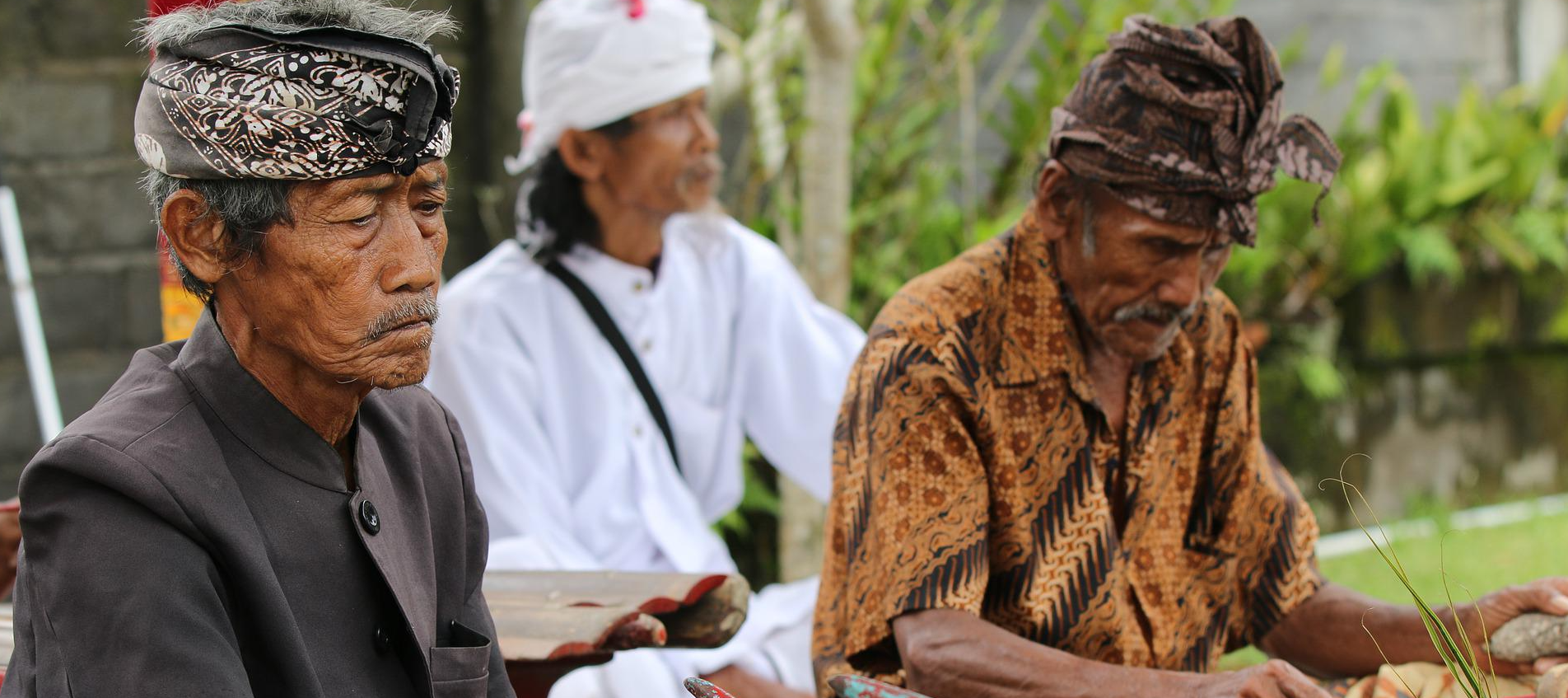Indonesia – an untapped pension opportunity?
The Indonesian pension system – a short overview
The largest economy in Southeast Asia, Indonesia, has charted impressive economic growth since overcoming the Asian financial crisis of the late 90s. As a result, the country’s real purchasing power parity (“PPP”) GDP per capita has almost tripled, from around US$ 4’700 in 2000 to over US$ 12’000 in 2020, ranking it the seventh-largest economy globally and the largest economy in Southeast Asia. Today, Indonesia is the world’s fourth most populous nation, with an estimated population of 279 million and a median age of just over 31.
On July 1, 2015, the government’s social security agency (BPJS) fully started its operation by organizing its programs under Article 29 to Article 38 and Article 43 to Article 46 of the Law Number 40 Year 2004 concerning the National Social Security System and Pension Security Program. BPJS entertains an old-age security plan (JHT) and a pension security plan (JP), whereby JHT makes a one-time, lump-sum payment when plan participants reach retirement age, die, or suffer from a total permanent disability, and JP a defined benefit payment plan during retirement.
The maximum salary that is covered by the JP plan is currently set at just over 9 million Indonesian Rupiah (IDR) per month or around US$7’600 per year. During retirement, the maximum pension benefit is 4.3 million IDR per month (around US$300). By contrast, the minimum pension benefit starts at US$25 per month.
For salaried employees, the total contribution rates are 5.7% for the JHT plan and 3% for the JP plan. According to official government data, at the end of 2020, around 49 million participants were covered under the JHT plan. Still, only 18 million were under the JP plan. The associated social security fund (DJS) managed a total of 475’000 billion IDR in assets (US$33 billion) or, on average, around 7 million per plan participant (US$500).
International comparison
Comparing the amount of pension assets to the size of the economy, measured by its GDP, gives a comparable picture of the relative coverage of retirement savings plans. According to official data from the World Bank, Indonesia’s 2020 GDP in current US$ stood at US$1.06 trillion; therefore, pension assets relative to GDP amounted to around 3%.
At the end of 2020, according to the latest OECD global pension report published in 2021, global pension assets stood at US$56 trillion. 9 out of 38 OECD countries had pension assets exceeding 100% of their GDP. Seven countries (US, UK, Canada, the Netherlands, Australia, Japan, and Switzerland) hold together more than 90% of the total pension assets in the OECD area. According to independent data from the Thinking Ahead Institute, the Gini coefficient of global pension assets in 2019 was 73%, indicating concentration in relatively few markets.
In general, the proportion of the working-age population having a retirement savings plan is usually relatively high when participation is mandatory. Compulsory pension plans cover more than 75% of the working-age population in 17 out of the 32 OECD and non-OECD reporting jurisdictions. In Indonesia, with an estimated working-age population of 185 million, the coverage rate stands at around 10% on average, but as data from BPJS suggests is much lower among the lower-middle-income community, the un- and underbanked, and the rural population.
Macro outlook
The global population is growing and aging: Today, 7.9 billion people inhabit our planet. This number is expected to reach around 9.7 billion in 2050. At the same time, the global median age is projected to increase from 29 in 2010 to 36. The number of older people aged 65 and older will triple from around 500 million in 2010 to 1.5 billion by mid-century.
We believe that securing a sustainable retirement income will be one of the most pressing socio-economic challenges in the 21st century, particularly in countries with an underdeveloped pension system. Furthermore, as the ratio of young-to-elderly decreases, a smaller working-age population must support a larger retirement population, increasing the risk of old-age poverty.
The increasing aspiration to adopt a Western way of living is slowly but surely changing traditional family-based value systems. In ASEAN’s rising economies, consumerism culture has mirrored that of the United States, Europe, and other developing markets such as China.
An introduction to the challenges of financial wealth creation for the lower-middle-income community
Franco Modigliani’s developed life-cycle hypothesis suggests that individuals balance consumption throughout their lifetime; they borrow in times of low income and save during periods of high income. The theory states that consumption is a function of wealth, expected lifetime earnings, and the number of years until retirement. While in theory, the model can be applied to anyone, in reality, the situation for the lower-middle-income community is often more complicated.
Our research suggests that their income growth is lagging behind the overall income growth rate and their propensity to consume is very high; in other words, they spend what they earn. Without the ability to save, people become financially fragile. If their income growth cannot keep up with consumer price inflation, their purchasing power and standard of living will diminish.
We also observe that this socio-demographic group is prone to taking on (consumer) debt, accelerating their financial vulnerability further. Behavioral finance theory suggests that social influence drives financial decision-making, and herd mentality bias kicks in as it becomes the norm to “buy-now-pay-later.” In the case of Indonesia, we find that access to consumer credit is actively promoted and readily available but also comes at costly terms as Indonesian lenders benefit from the highest net-interest margin across the region.
The combination of modest income growth, increasing costs of living, no savings and reserves, but expensive debts create a vicious circle, and many find it hard to escape from once trapped. Adding insult to injury is a retail investment landscape that offers limited and expensive options at relatively high-entry hurdles and a pension system with low coverage and benefit rates.
While the situation is undoubtedly challenging, there also lies a great chance to develop this underserved market. Innovative solution providers that dare to tap into this segment have a unique opportunity to create eco-systems that create meaningful impacts and exciting investment opportunities.
About the author:
Alberto has been a member of Horasis – The Global Visions Community since 2019 and is Co-Founder and CEO of weasia, a fintech company dedicated to digitalizing rural banks and the lower-middle-income community to address some of the most pressing socio-economic challenges around wealth creation.
Disclaimer:
All statements and opinions expressed are personal to the author. Information is gathered from sources the author believes are reliable, but the author does not warrant its accuracy or completeness, and therefore, information should not be relied upon. All rights reserved.




